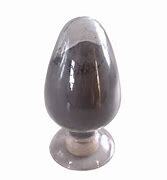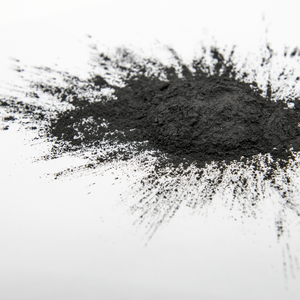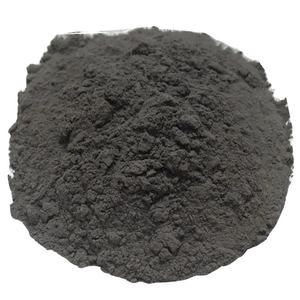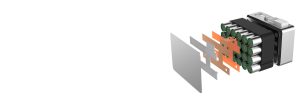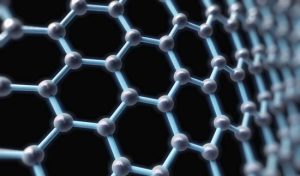Professional graphite material supplier, graphite for EV, grease, furnace and any other industries.
(Advantages and Disadvantages of Graphite)
Graphite is a carbon-based material that can be used in various industrial applications. Its properties include high thermal conductivity, excellent conductive performance and resistance to thermal shock and corrosion.
Graphite is available in a variety of grades. Fine grained graphite is best for finishing operations. However, it is more expensive than coarse grained graphite.
The cost of producing artificial graphite is affected by the temperature. Processing at high temperatures increases the cost. But natural graphite costs much less. There are many advantages to using natural graphite over artificial graphite.
Natural graphite is known for its low cost and good theoretical specific capacity. However, it also has disadvantages. It can’t meet the high-performance anode requirements. In addition, it is not as recyclable as copper electrodes.
Another drawback is the abnormal discharge. During charging and discharging, graphite produces high temperatures on the electrodes. This can lead to serious damage to the battery. To eliminate this risk, it is necessary to lower the intensity of discharge during machining.
Graphite has good mechanical strength. However, it is sensitive to mechanical shock. Moreover, its density is relatively low. Therefore, it requires more care when handling.
Graphite can be processed into various shapes. Besides, its machining speed is usually three to five times faster than ordinary metals. Because of its layered structure, it provides good cutting performance.
Graphite can also be used as fuel-particle coating. Since it doesn’t melt, it can be applied in high-temperature nuclear reactors.
(Advantages and Disadvantages of Graphite)


